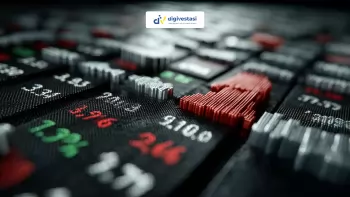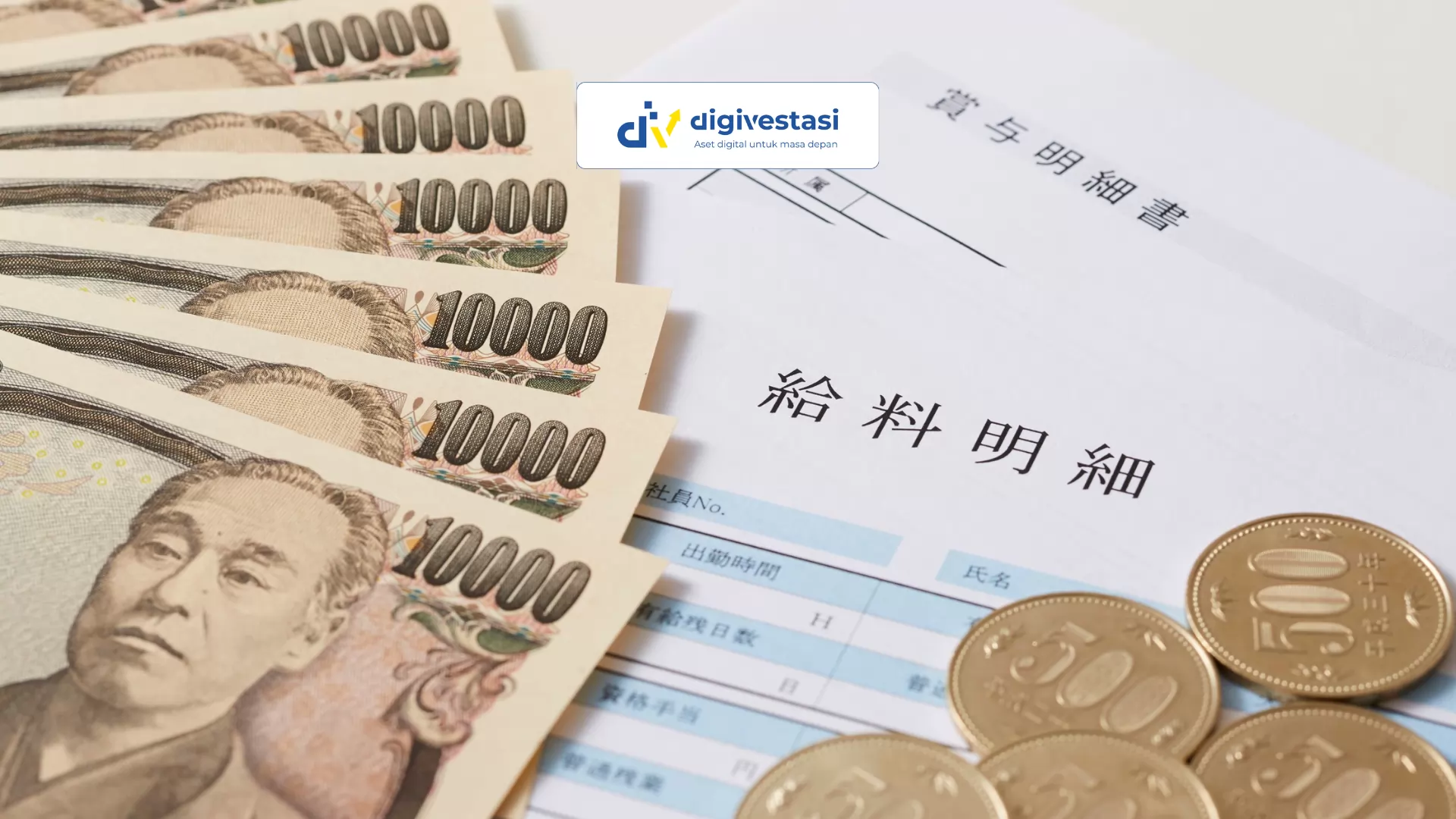
Saham News
Foreign Investors Quietly Buy These 10 Stocks - Check the List!
/index.php
Bisnis | Ekonomi - Posted on 22 August 2025 Reading time 5 minutes

Japan’s consumer inflation rate remains well above the Bank of Japan’s (BOJ) target despite signs of slowing price growth. This situation has fueled market speculation that the central bank may raise its benchmark interest rate again later this year.
The country’s core Consumer Price Index (CPI)—which excludes fresh food—rose 3.1% in July compared to a year earlier. This marks a slight slowdown from June’s 3.3%, according to data from the Ministry of Internal Affairs and Communications released on Friday (Aug 22). Economists had projected a median estimate of 3%, with upward price pressure attributed to last year’s energy surge.
Meanwhile, a deeper measure of inflation—CPI excluding both fresh food and energy—held steady at 3.4%, matching the previous month and market expectations.
Friday’s figures suggest inflation remains stubbornly high. The data came just a week after U.S. Treasury Secretary Scott Bessent unusually criticized BOJ’s approach to controlling inflation, stating in an interview with Bloomberg TV that “they are behind the curve.” As a result, market bets on a BOJ rate hike have increased in recent weeks, pushing bond yields higher.
The slowdown in core inflation had been widely anticipated by analysts. Last year, energy prices surged following the end of government subsidies, while oil prices in July were about 10% lower compared to the same period a year earlier.
Rice prices—one of this year’s major inflation drivers—rose 90.7% from a year earlier, down from June’s 100.2% surge. This sharp increase in staple food costs has sparked public concern. Policymakers expect annual inflation to ease in the coming months following the price spike that began last autumn. However, extreme heat could hurt production and worsen supply shortages.
Food prices—excluding fresh produce—climbed 8.3%, the fastest pace since September 2023, while service prices rose 1.5%, matching the previous month.
The steep rise in living costs played a key role in Prime Minister Shigeru Ishiba and his coalition suffering a major defeat in last month’s election. Having lost their majority in both houses of parliament, Ishiba now faces mounting pressure from lawmakers to resign. Analysts believe he may try to regain support by promising additional fiscal spending to ease household burdens.
At its July monetary policy meeting, the BOJ board, led by Governor Kazuo Ueda, raised its inflation outlook for the fiscal year, citing pressure from rising food costs. The central bank is expected to maintain its current interest rate at the next policy meeting on September 19.
Still, traders now see about a 51% chance of a BOJ rate hike by the end of October—up from roughly 42% a month ago. Japan’s 10-year government bond yield climbed to its highest level since 2008 on Thursday, largely driven by speculation over further rate increases.
Source: bloombergtechnoz.com
What do you think about this topic? Tell us what you think. Don't forget to follow Digivestasi's Instagram, TikTok, Youtube accounts to keep you updated with the latest information about economics, finance, digital technology and digital asset investment.
DISCLAIMER
All information contained on our website is summarized from reliable sources and published in good faith and for the purpose of providing general information only. Any action taken by readers on information from this site is their own responsibility.